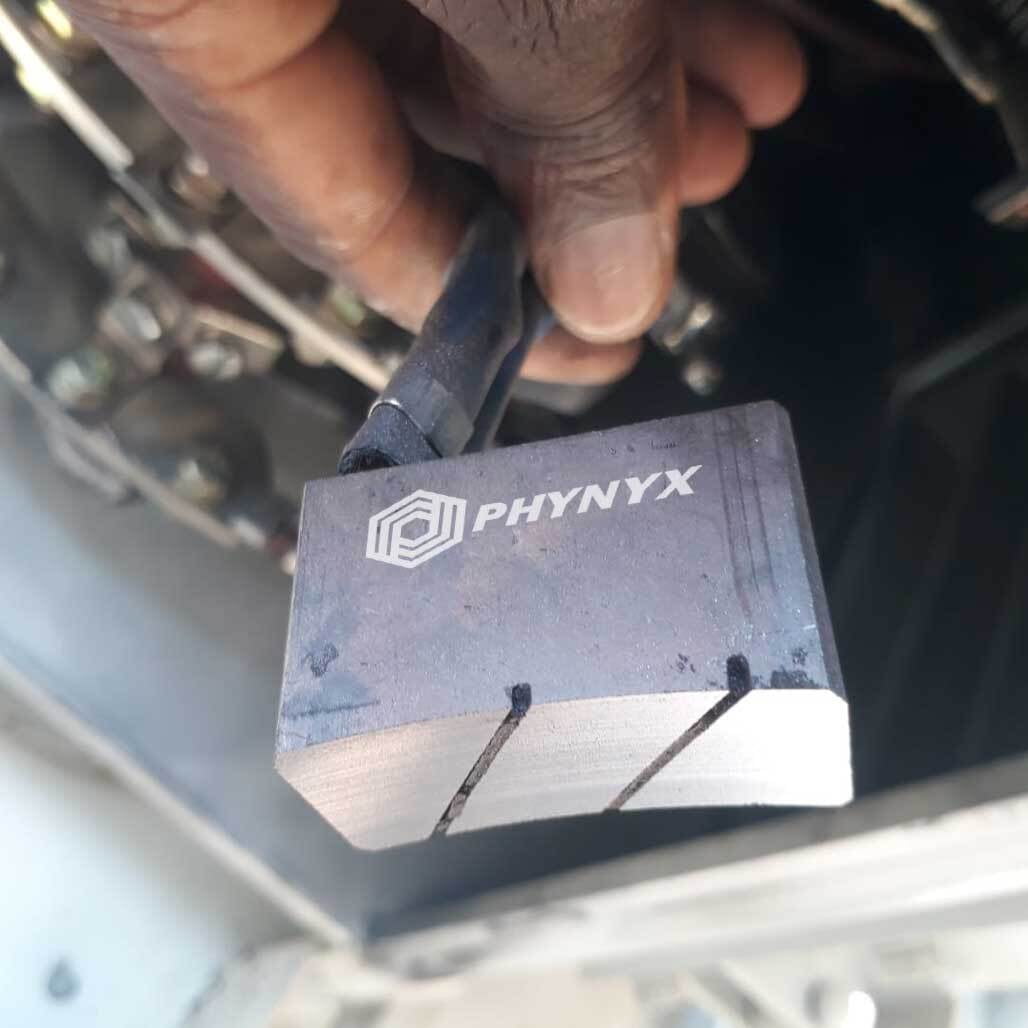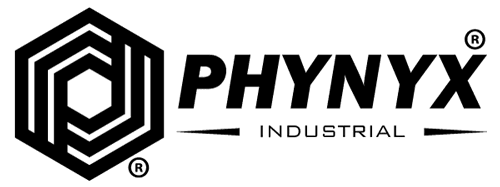Why are they called "Brushes" for Electric Motors?
The term “carbon brush'' was introduced in electrical engineering history with the change to materials actually made from copper wire, which looked like a whisk brush, to graphite and carbon. Carbon brushes since then have been evolving for decades. Today, they are an indispensable hardware for DC electrical rotating machines.

What types of Carbon Brushes are used in electric motors?
Solid, one-piece carbon brushes: Solid brushes are the simplest type of brush used on the most basic of machines where there are little or no rotation considerations.
Split Carbon Brushes: Split bushes are designed by bringing together 2, 3, or more carbon sectors into one unit, thereby providing optimal electrical and mechanical contact.
Splitting the carbon brush provides room for more electrical contact points between the brush surface and commutator and also provides evenly distributed pressure or 'riding capacity.
Fractional HP brushes: Also known as "spring-loaded" carbon brushes because of the attached spring used to load the carbon in the brush holder. Most of these applications are smaller and one piece; however, FHP brushes can also be split.
What is Carbon Brush Commutation for Electric Motors?
Commutation (transmitting current to complete the circuit) occurs when two or more carbon brushes contact the commutator. For further information on brush grades, see “Replacing Carbon Brushes for Electric Motors”.

